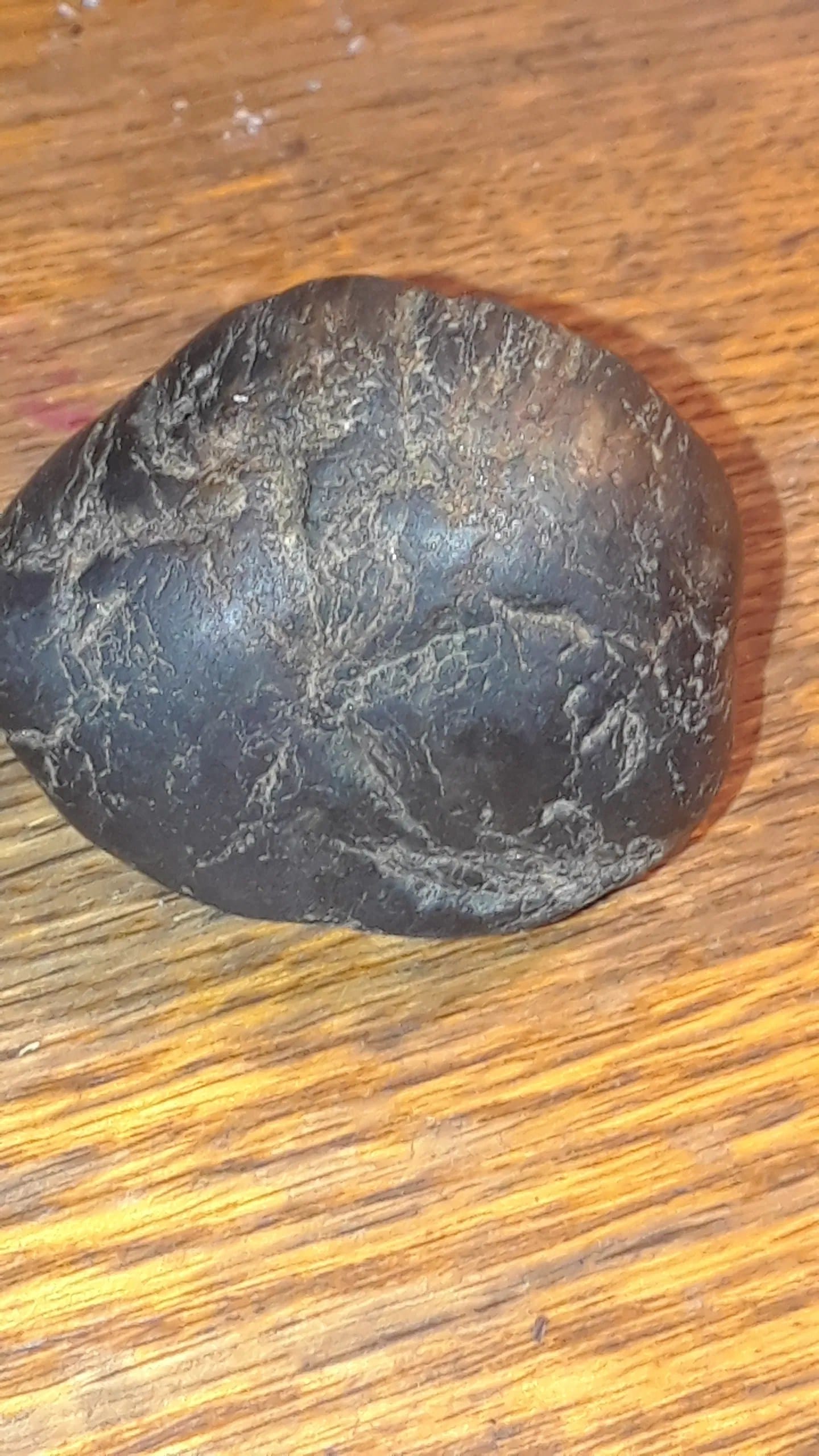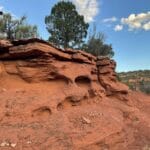Ever wondered what dinosaur poop can tell us about the ancient world? It’s not just about gross stuff – fossilized dinosaur poop, scientifically known as coprolites, are like time capsules from the past. They can reveal what dinosaurs ate, the ecosystems they inhabited, and even if they were sick! Join us on a journey to uncover the secrets of these fascinating fossils and learn how they’re helping us piece together the puzzle of dinosaur life.
Digging Deep: Uncovering Clues in Coprolites
Okay, let’s be honest – “petrified dinosaur poop” doesn’t exactly sound like the most thrilling topic. But trust me, these ancient nuggets, scientifically known as coprolites, are like hidden treasure chests for scientists! They’re packed with fascinating clues about what life was like millions of years ago.
You see, when a dinosaur relieved itself back in the day, and those deposits happened to land in the right conditions – say, quickly buried in sediment – something amazing could occur. Over time, minerals seeped into the fossilized poop, replacing the organic material and essentially turning it into rock. That’s how we get these petrified time capsules from a world long gone!
So, what can we actually learn from something that dinosaurs left behind? You might be surprised! Let’s delve into the intriguing world of coprolite analysis.
Ancient Appetites: Reconstructing Diets From Droppings
Imagine knowing what a dinosaur had for its last meal. Well, coprolites often contain bits of undigested food, like plant matter, seeds, and even bone fragments. This gives scientists amazing insights into what dinosaurs ate, whether they preferred munching on leaves or chomping on other animals.
For example, the massive coprolite nicknamed “Barnum” – the biggest carnivore coprolite ever discovered – contained bone fragments, suggesting that this meat-eating dinosaur, likely a Tyrannosaurus rex, had devoured a young herbivore. Such findings offer direct evidence of predatory behavior and dietary preferences.
Prehistoric Puzzles: Piecing Together Ecosystems
It’s like a prehistoric puzzle! By studying coprolites from different dinosaur species found in the same area, scientists can piece together the ancient food web. They can figure out who was eating whom, and get a glimpse into how these animals interacted in their environment.
For instance, the discovery of spiral-shaped coprolites, thought to have come from ancient sharks, helps us understand which creatures swam through prehistoric seas and their place within the broader ecosystem.
Unveiling Ancient Ailments: Diseases Preserved in Time
Believe it or not, even dinosaurs got sick! Coprolites sometimes contain fossilized parasites, eggs, and other tiny organisms. These remnants can tell us about the diseases that plagued dinosaurs and how they’ve evolved over millions of years. This information is invaluable for understanding the history of parasites and their impact on various species throughout time.
Climate Clues: Deciphering Environmental Conditions
Just like a weather report from the past, coprolites can offer hints about the environment where dinosaurs roamed. The presence of certain plants or the chemical composition of the coprolites themselves can reveal what the climate was like back then.
A Glimpse into the Past: The Importance of Coprolite Research
While it might not be the most glamorous subject, petrified dinosaur poop is a goldmine of information. By carefully studying these unusual fossils, scientists are constantly learning more about the dinosaurs themselves, the world they lived in, and the incredible history of life on Earth!
What Exactly Are Coprolites?
You won’t believe it, but scientists have a fancy name for fossilized poop: coprolites. Now, you might be thinking, “Fossilized poop? Really?” But trust me, these things are way more interesting than they sound.
Think of coprolites like ancient time capsules. They give us a sneak peek into what dinosaurs and other prehistoric animals actually ate millions of years ago. We’re talking about getting clues about their diet, their digestive systems, even if they were feeling a little under the weather!
By studying coprolites, scientists can piece together what ancient ecosystems might have looked like. Imagine figuring out who was eating whom and how everything was connected just by looking at fossilized droppings! It’s like putting together a giant prehistoric puzzle.
And the best part? Researching coprolites isn’t just about looking back in time; it helps us understand the challenges facing our ecosystems today. It’s amazing how much we can learn from something that started as, well, you know!
Are Coprolites Worth Anything? A Look at the Poop Market
So, we’ve talked about what coprolites are – fossilized poop, basically. But now for the big question: can they bring in some serious cash? The answer, like with many collectibles, is, “it depends.” Think of it like this: a dusty old baseball cap isn’t worth much, but one worn by a legendary player can be worth a fortune. The same goes for fossilized feces.
What makes one coprolite more valuable than another? Let’s break it down:
Size Matters (Sometimes): Just like a giant pumpkin at a county fair, a massive coprolite is going to turn heads. Bigger specimens are often seen as more impressive and rarer, so they can demand higher prices.
Good Condition is Key: Imagine finding a treasure chest, but it’s all moldy and falling apart. Not so exciting, right? The same goes for coprolites. Well-preserved specimens, especially those where you can still see bits of undigested food or bone, are more valuable to collectors and scientists because they offer more information.
Rarity Rules: Ever heard the saying, “the rarer, the more dear?” It definitely applies here. Coprolites from rare animals, like dinosaurs or extinct creatures most people have never even heard of, are like finding gold. They’re highly sought after and can fetch a pretty penny.
A Touch of History: Imagine owning a coin touched by a king or a letter signed by a famous inventor. Those historical connections add an extra layer of cool and value. The same principle applies to coprolites. Specimens linked to famous discoveries or paleontologists (the rockstars of the fossil world) are worth a whole lot more.
To give you an idea of what we’re talking about, a 40-inch dinosaur coprolite once sold for somewhere between $8,000 and $10,000! And get this – the world’s longest known dinosaur dropping, measuring over 3 feet long, was auctioned for a whopping $10,000! Even a six-million-year-old piece of, well, you know, went for a cool $10,000 at auction.
But beyond the money, coprolites are incredibly valuable to science:
- They’re Like Ancient Menus: Just like looking through someone’s trash can tell you what they’ve been eating, coprolites reveal the diets of ancient animals. This helps scientists piece together ancient food chains and understand how ecosystems worked millions of years ago.
- Time Capsules of Behavior: Coprolites can provide clues about animal behavior, helping scientists understand where they lived, how they moved, and even what kinds of parasites or diseases they had.
- Disease Detectives: Parasites and diseases can be preserved within coprolites, offering a window into the health of past ecosystems. Pretty amazing, right?
So, how can you tell if you’ve stumbled upon a coprolite? They usually resemble, well, modern-day poop in shape, color, and texture. Look for things like bone fragments or undigested food – those are telltale signs you might be holding onto something significant (and potentially valuable!).
But before you go digging up your backyard or selling a suspicious-looking rock on eBay, remember that collecting and selling coprolites, especially from public lands, can be a bit of an ethical minefield. It’s important to be aware of the rules and regulations in your area and to always prioritize the preservation of these fascinating fossils for future generations.
In a nutshell, coprolites are more than just fossilized feces; they’re like time capsules from the past, offering us a glimpse into the lives of ancient creatures and the ecosystems they inhabited. While their monetary value is exciting, their scientific worth is truly priceless.
A Rare Find: The Elusive Nature of Fossilized Feces
So, we’ve talked about coprolites, these intriguing remnants of ancient meals. But just how rare are these fossilized feces? Well, compared to something like a dinosaur bone, they are much harder to come across.
Think about it: what happens to poop naturally? It breaks down pretty quickly, right? That’s why finding poop that’s millions of years old is a big deal! For fossilization to even happen, the poop needs to be buried rapidly, ideally in a wet environment teeming with bacteria. These bacteria play a crucial role, kicking off a transformation process where minerals gradually replace the original organic matter. It’s a bit like how petrified wood forms, only in this case, we’re talking about ancient bathroom breaks.
Now, imagine trying to find something that small, that easily decomposes, after millions of years. The odds aren’t exactly in our favor. This rarity is what makes coprolites so fascinating to scientists. They offer a unique peephole into the past, revealing secrets about prehistoric diets and ecosystems that we might not find anywhere else.
While a picture of a cottonmouth snake is a beautiful species, despite their poisonous nature. On the contrary, a picture of a groundhog woodchuck is very popular and famous for their ground dwelling behavior. Neither of these creatures, however, would leave behind fossilized remains as intriguing and informative as coprolites.
- Unveiling the Enigma: Mansoureh Khojasteh Bagherzadeh’s Public Appearances & Private Life in Iran - July 18, 2025
- Unveiling the Mystery: Mansoureh Khojasteh Bagherzadeh’s Husband: A Rare Glimpse into a Private Life - July 18, 2025
- Unveiling Masoud Khamenei’s Mother: Power, Influence, and Iran’s Future - July 18, 2025
















